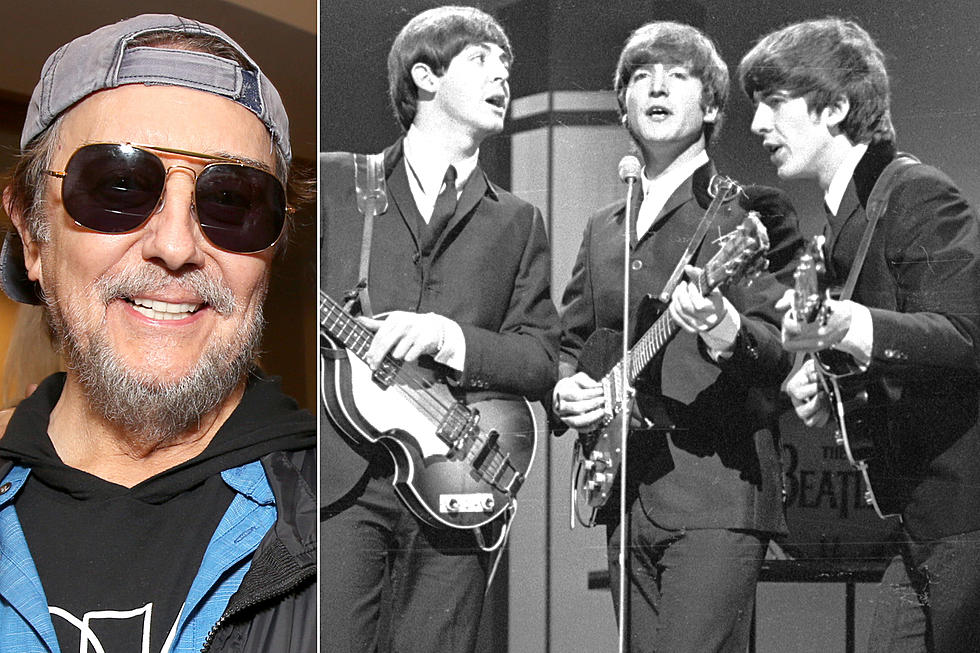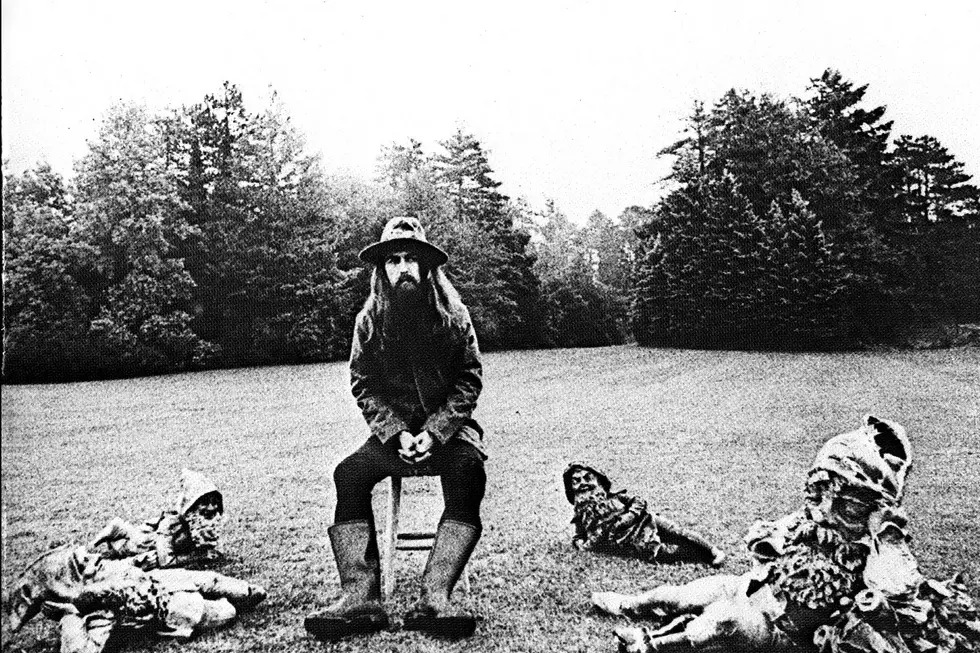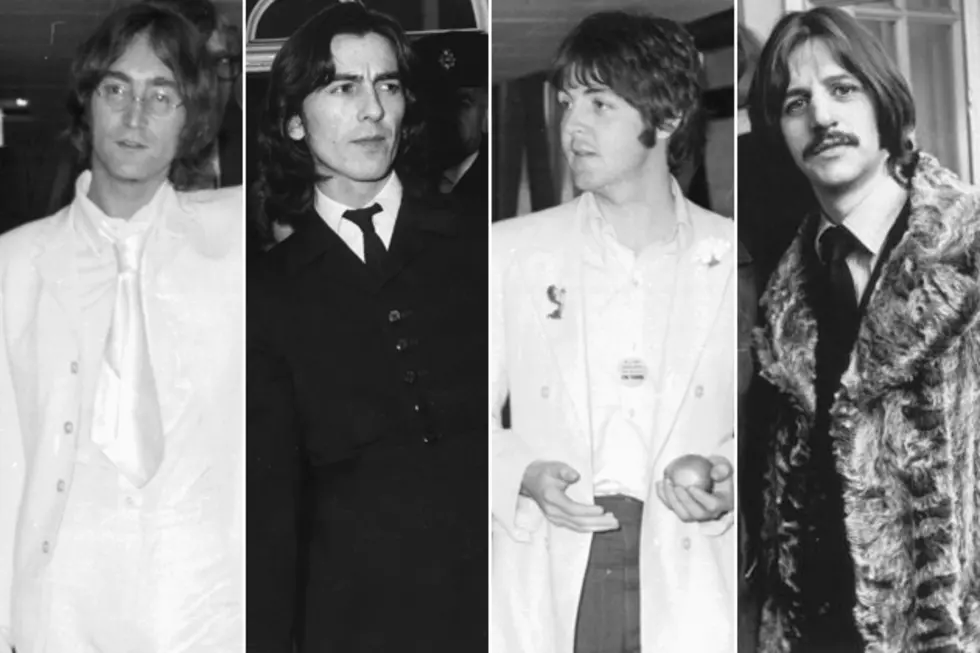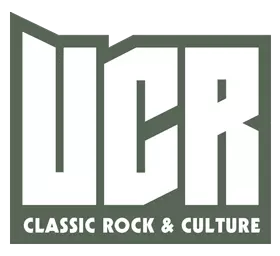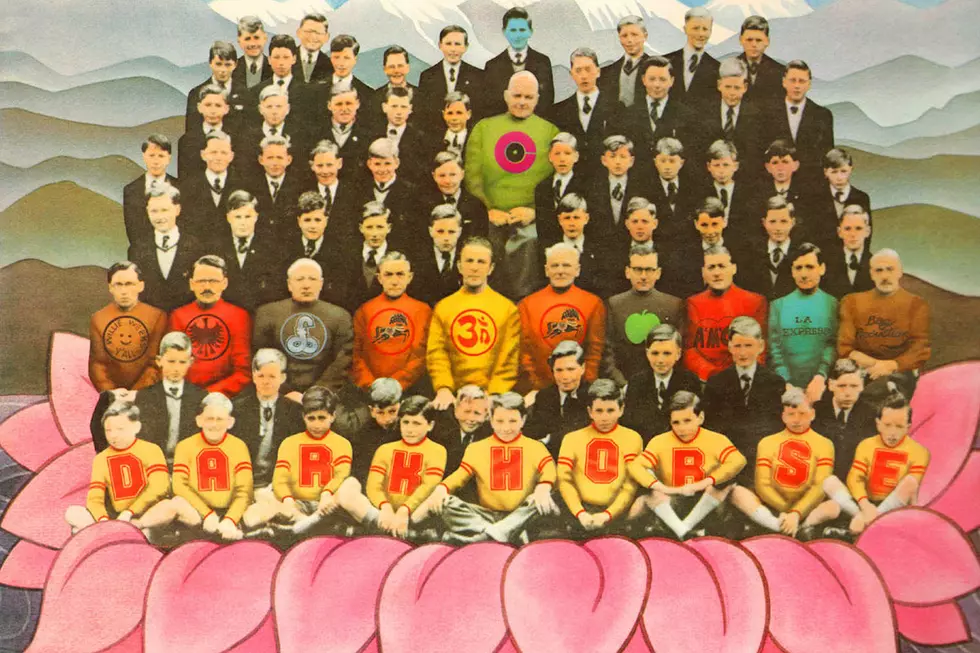
Why George Harrison’s Career Began to Turn on ‘Dark Horse’
Produced during a particularly turbulent period of George Harrison's life, Dark Horse marked the beginning of a '70s-era downward turn for the ex-Beatle that was as sudden as it was complete.
This all-star project – released on Dec. 9, 1974, and reissued in 2014 – actually followed a pair of bestselling, mind-changing solo studio efforts. Only just coming into his own after the Beatles' split in 1970, Harrison made a stirring early case for his own emerging skills as a songwriter and performing artist.
He started by topping both the U.S. and U.K. charts with 1970's triple-album triumph All Things Must Pass, and had similar success with 1973's Living in the Material World. In between, Harrison staged a celebrated benefit concert for Bangladesh. Plus, he released four consecutive Top 25 Billboard hits, including a pair of No. 1 songs in "My Sweet Lord" and "Give Me Love."
But Dark Horse barely cracked the Top 5 in the U.S., and didn't chart at all in the U.K. Its lead single, the title track, stalled at No. 15. The tour in support of the album – staged with co-headliner Ravi Shankar, and performed with a voice ravaged by deadline demands for the new album – was a controversial misfire.
Meanwhile, Harrison's private and professional lives were in shambles. His marriage to Pattie Boyd was over, and the Beatles' business arrangement with Apple Corps had devolved into a tangled mess of legal proceedings and musical backbiting. Harrison was furiously trying to start his own label, also to be called Dark Horse, even while faltering badly in the faith that had always sustained him.
The result is an uneven record shot through with doubt. Failed friendships ("Bye Bye Love"), lost loves ("Maya Love") and disappearing dreams ("So Sad") run like a theme throughout Dark Horse, only mitigated by a few moments of rueful humor ("Simply Shady"). Put simply, it's largely a downer – and Harrison's longtime fans stayed away in droves.
Listen to George Harrison Perform 'So Sad'
Dark Horse, like its predecessors, is stuffed with recognizable talent – including former cohort Ringo Starr, Beatles collaborator Billy Preston, Jim Keltner, Gary Wright and Ron Wood of the Rolling Stones – and together they help Harrison confidently blend measures of funk, soul and gospel ("Far East Man," "It Is 'He'") into his patented brand of reflective pop. But even "Ding Dong, Ding Dong," his attempt at writing a holiday classic, ends up taking on a strikingly dark undertone. Lyrics like "ring out the old, ring in the new" collide with an overall feeling of doom as Harrison weathered a season of loss.
Then there's "Bye Bye Love," his flinty reworking of the old Everly Brothers hit. Harrison added a series of biting new lyrics that specifically referenced Boyd leaving him for Eric Clapton. Nowhere does Harrison get closer to the incisive, bare-knuckled anger so long associated with his bandmate John Lennon or further away from his own carefully curated image as a more spiritual figure within the Beatles' larger dynamic.
Eventually, things would turn around – at least personally. He cleaned up, married again, moved on. Unfortunately, however, Harrison wouldn't extricate himself completely from Apple until after 1975's Extra Texture had arrived, and by then his commercial fortunes had completely turned. That album barely crept into the Billboard Top 10, and Harrison managed only one more such success over the course of his career before he died on Nov. 29, 2001.
With Dark Horse, it seemed the Beatles' dark horse began to fall behind for good. He'd finally chart two more Top 5 solo songs, but not until well after the '70s had drawn to a merciful close.
The Best (and Worst) Song From Every George Harrison Album
See the Beatles in Rock’s Craziest Conspiracy Theories
More From Ultimate Classic Rock




